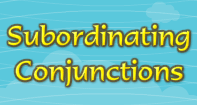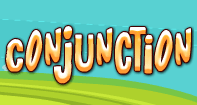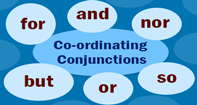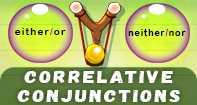- HOME
- GAMES
- CONJUNCTION
- CORRELATIVE CONJUNCTIONS
×
Change Avatar
Correlative Conjunctions
console:
Correlative Conjunctions
What Are Correlative Conjunctions?
Correlative conjunctions are the best friends of conjunctions - they’re always used in pairs to relate one part of a sentence to another.
They have both a coordinating conjunction with an adjective or adverb. When using them, sometimes the sentence sounds odd if you forget to put its BFF in with it.
It’s just weird without its bestie!
They have both a coordinating conjunction with an adjective or adverb. When using them, sometimes the sentence sounds odd if you forget to put its BFF in with it.
For example,
| Correct | Not only do I love to eat, but also I love to cook. |
| Odd | Not only do I love to eat, I love to cook. |
What are some examples?
The most common correlative conjunctions include the following:
Common Correlative Conjuctions
| Correlative Conjunction Pair | Example |
|---|---|
| both…and | We love to paint with both oil and watercolors. |
| either…or | Either you walk faster, or we’ll be late for the party. |
| if…then | If you want to get better, then you will have to practice more. |
| neither...nor | Neither he nor she knew when the ballet would end. |
| no sooner…than | No sooner had it stopped raining than we saw a rainbow. |
| not only…but also | Not only is that dog fast, but he’s also incredibly smart. |
| such…that | It’s such a tiny purse that I can’t fit much inside. |
| whether…or | Whether you wash or I dry, we still have to do the dishes. |
QUICK TIP!
Both conjunctions must be equal in a grammatical way of speaking in order to balance out the sentence. So, if you use a noun after one conjunction, you need to use a noun after the correlating one as well.
The conjunction if used the pronoun you after it, so the correlative conjunction then needed a pronoun as well to balance out the sentence - in this case, the pronoun she.










